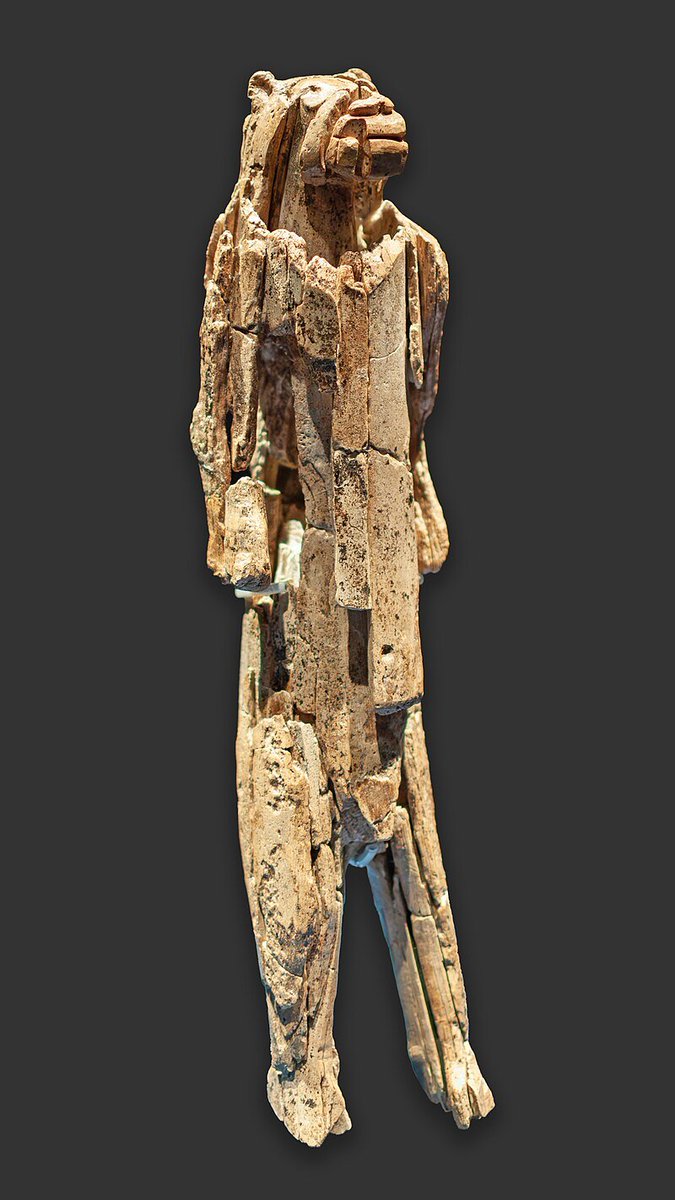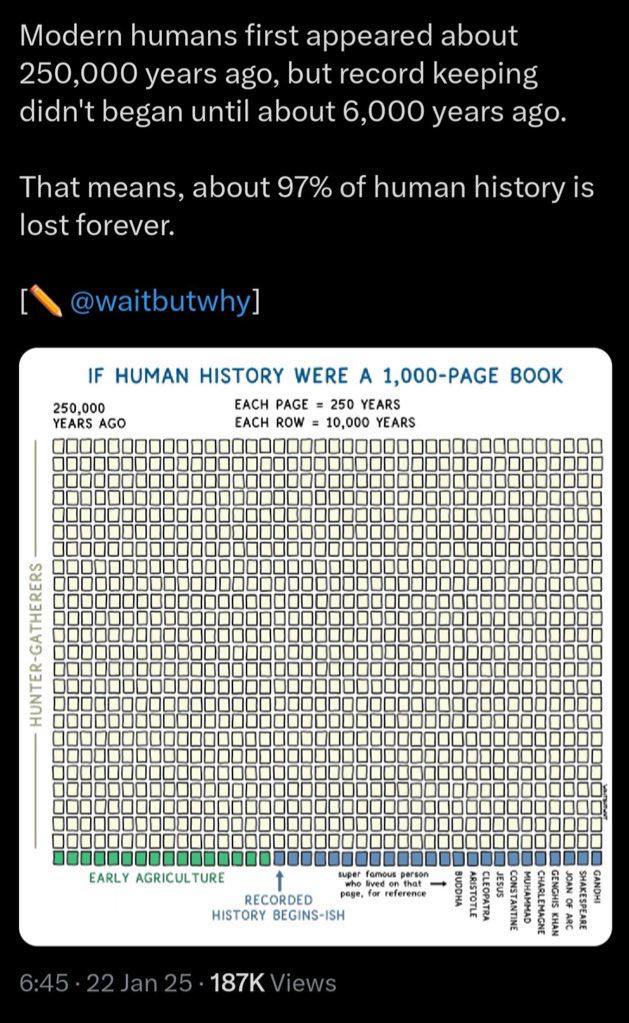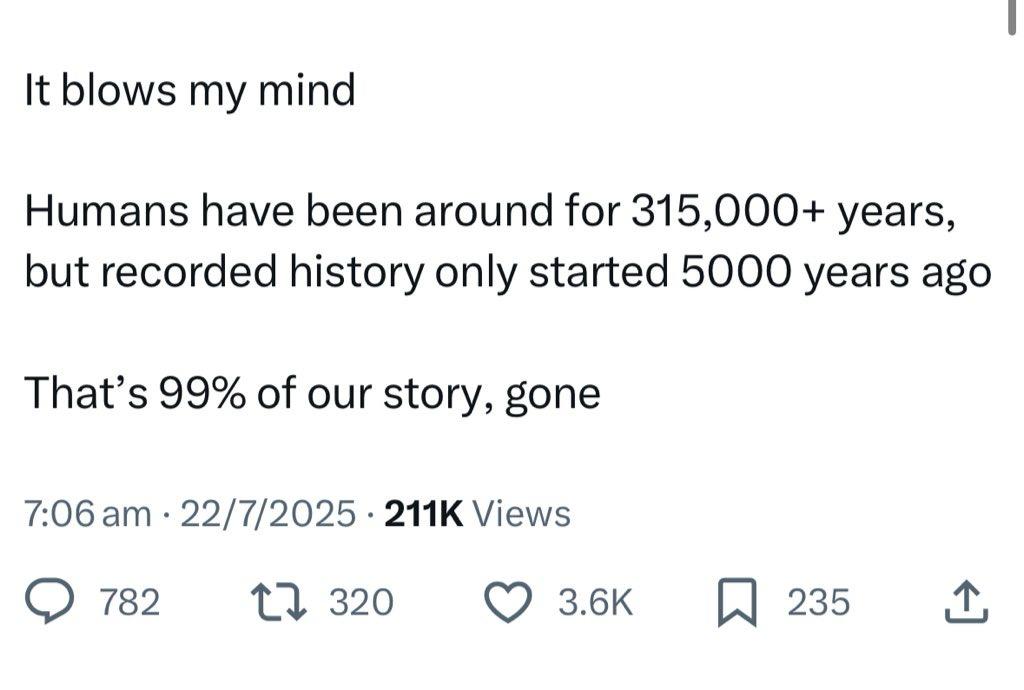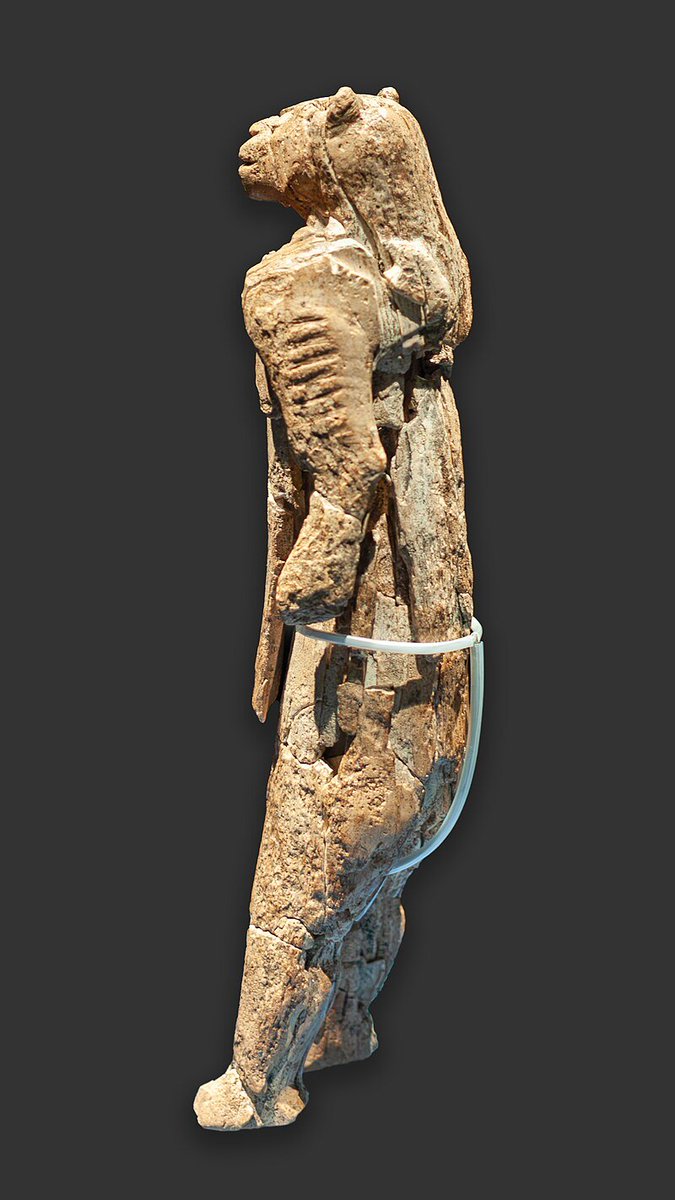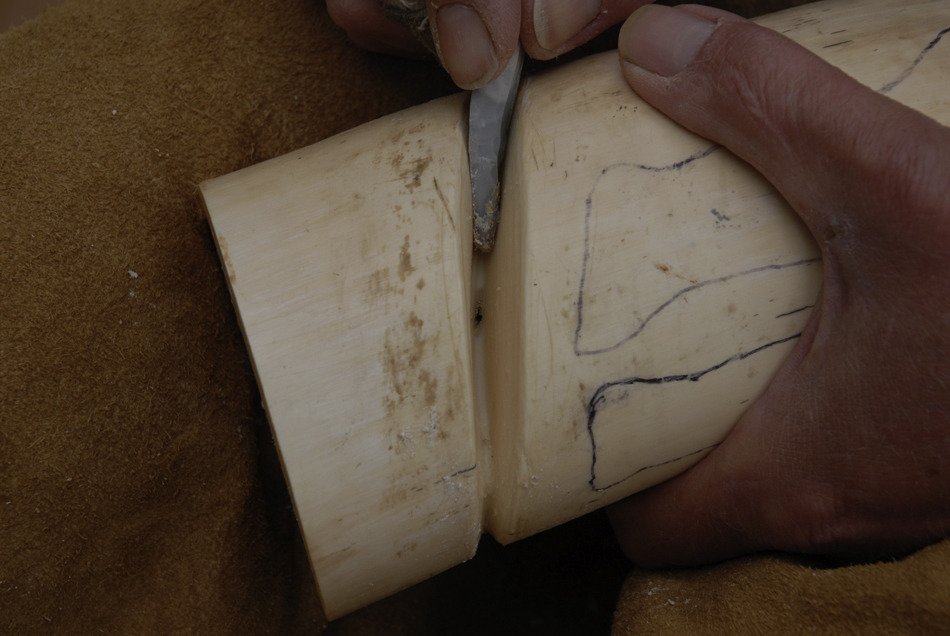Archaeologists are constantly asked is 'How did ancient people move large stones?'. The thought of people moving 2/20/200 tonne stones thousands of years ago just seems impossible. But what if I told you we have a lot of photos/video of people moving huge stones today? 🧵1/ 

One thing archaeologists regularly utilised is called Ethnography. This is where we look at how modern cultures do all types of things- including moving big stones. It ends up that even over the last 100 years, we have tonnes of ethnographic evidence including videos. 2/ 

In Indonesia (Sumba), people still move large stones to create massive tombs for loved ones. In this video, they move a massive stone (20-30tn) using wood sleds. (Warning: they have a feast at end and slaughter a lot of animals- it isn't pretty). 3/ 

If you want to read more about them Sumba, you can also read this article. It is about c.300 men moving a 35 tonne block 2km. 4/ aljazeera.com/news/2004/4/27…
Also in Indonesia you have the Nias. They moved stones until about 60-70 years ago but the tradition died. But that being said, we have some excellent images of them moving massive stones- up steep hills and through forest. See more images here: 5/ andywhiteanthropology.com/blog/normal-si…



I should say that all of these examples so far have used natural materials. Locally sourced wood and vines. Things like this, or similar, would have been readily available in antiquity. 6/ 

But these are small stones, 5-35 tonnes. What about 100+ tonnes? Well, in 1929 Mussolini decided he just really likes columns. So he had a 250+ tonne marble column moved from the moutains to the sea (9mi/14lm) then onto boats. Best bit- they filmed it! 7/
britishpathe.com/asset/58012/
britishpathe.com/asset/58012/

What is fascinating is that something that weighed 250-300 tonnes(with the wood casing) is moved quite quickly by the oxen. I know the video is sped up a bit, but wow- it zips! 8/ 

Granted, the Mussolini column did use more modern materials, but even today, people are testing and proving that moving stones isn't hard if you know science. In this video, a bunch of Danes moved a 9 tonne stone up a hill to make a Dolmen. 9/
But then there is the granddaddy of them all- the KING of moving big stones. No it isn't an ancient pharaoh or some Roman emperor- it is a retired construction work named Wally Wallington, who lives in Michigan.
10/youtube.com/@wallingtonw
10/youtube.com/@wallingtonw
Wally made a 8.7 tonne 'concrete' stone so he could test how people could move/place stones in antiquity. He moved them only using ancient materials. The best bit- he moves them all BY HIMSELF! He moves MULTI-TONNE STONES BY HIMSELF! Wally is the man! 11/
This is just part of the modern evidence we have in regards to moving big stones. We have a lot of ancient evidence too, which I have posted about before including the Roman's who moved a 330 tonne obelisk 2000km. 12/
https://x.com/hughs_news/status/1823233559748137330
I recognise that any fervent believer of ancient 'tech' will come back and ask about Baalbek or similar. Yes, those stones are much bigger and yes, we don't have direct evidence for how they are moved. Although they were quarried above the site so its a less complex move. 13/
An archaeologist will say that you simply have to scale up process to move larger stones. It makes far more sense than a mysterious ancient culture who only taught groups how to move stones/ or Egyptian priests humming stones into the air. 14/ 

We also need to remember that people in the ancient world had things like pack animals. So just like Mussolini and his stone, animals could have also played a large part (after domestication). 15/ 

We don't know everything and we are unlikely to find direct evidence for some of the ancient puzzles. It sucks, but that's archaeology. But humans are smart, even in antiquity- like Eratosthenes working out the earths circumference to within 1% just using sticks. 16/
This thread is aiming to show modern examples (recorded on film) of people moving big stones. I hope this may answer some questions and I am more than happy to take questions. But might be better to ask a real expert- Wally Wallington! 17/17 

Now- I want to finish by apologising for the appalling grammar and spelling mistakes. I am transferring 500gb of files between drives and my computer is stuttering like crazy. It just stopped letting me type for 3 minutes. God, I wish we could edit tweets without paying Musk
• • •
Missing some Tweet in this thread? You can try to
force a refresh


